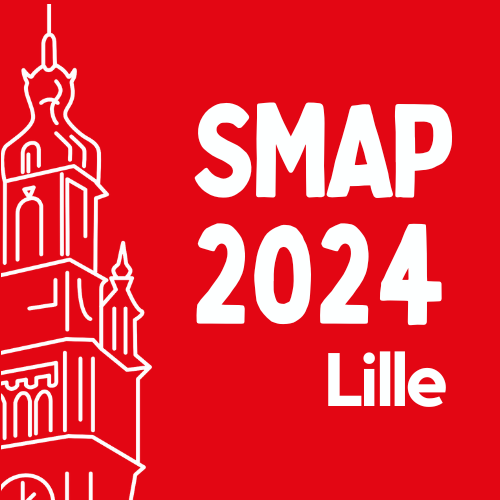
Session: Session 5
Mass Spectrometry Imaging reveals mercapturate pathway metabolites of sotorasib are associated with renal toxicity in Sprague Dawley rat
INTRODUCTION
In the nonclinical toxicology studies of sotorasib, renal toxicity was observed and characterized by degeneration and necrosis of the proximal tubular epithelium localized to the outer stripe of the outer medulla (OSOM), which suggested that renal metabolism was involved. Here, we describe an in vivo mechanistic rat study designed to investigate the time course of the renal toxicity and sotorasib metabolites using MALDI Mass Spectrometry Imaging.
METHODOLOGY
Rat kidney cryosections were mounted on Superfrost slides for H&E staining and on ITO slides for MALDI MSI. DHB matrix was applied on the tissues with a TM Sprayer (HTX Imaging, NC, USA) and analyzed by MALDI MSI with a 7T-Solarix XR (Bruker, Bremen, Germany) at 100 µm of spatial resolution, in CASI and full scan for the imaging of drug and drug metabolites, respectively. Multimaging™ (Aliri, France) was used to create the molecular distributions, overlay MSI and H&E images, determine relative quantitation, conduct statistical analysis, and identify metabolites.
RESULTS
MALDI analysis of the kidney identified a strong temporal and spatial association between OSOM restricted renal injury and the presence of downstream metabolites of glutathione conjugate. After a single 750 mg/kg dose, sotorasib was observed throughout the kidney. In contrast, metabolites associated with mercapturate pathway were restricted to the OSOM, colocalized with the lesions.
CONCLUSION
The data presented here support the hypothesis that sotorasib-related renal toxicity in the rat is mediated by a nephrotoxic metabolite derived from the mercapturate/β-lyase pathway, known to be particularly active in that species. The greater understanding of the mechanism driving sotorasib-induced renal toxicity in the rat aided the overall translational risk assessment and led to the conclusion that human risk is low.